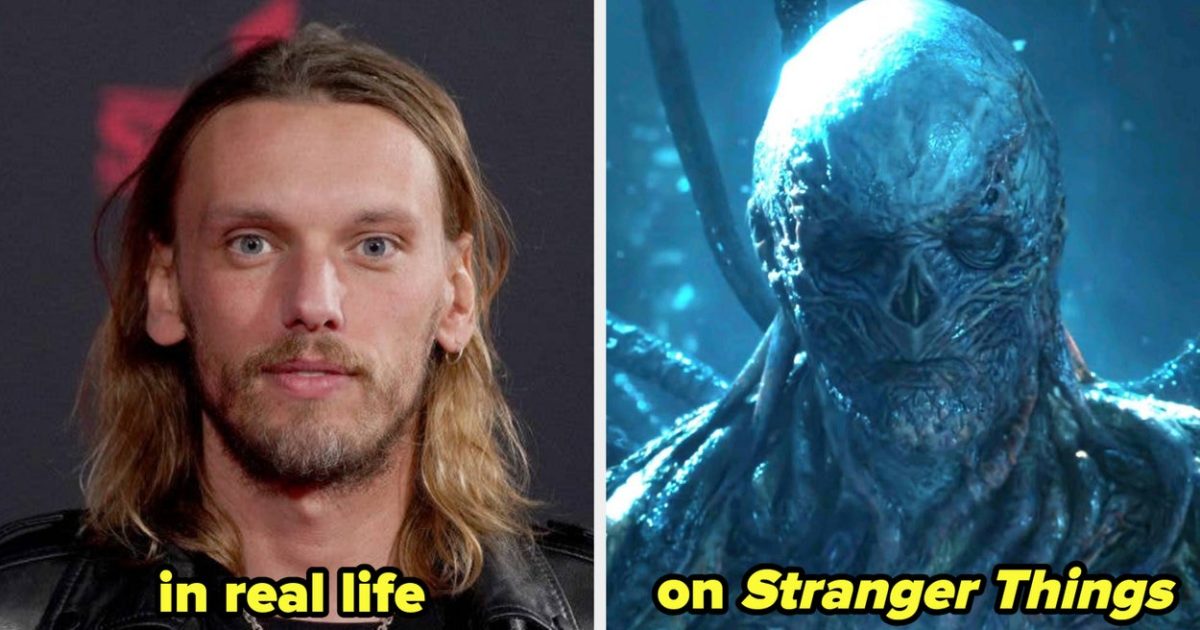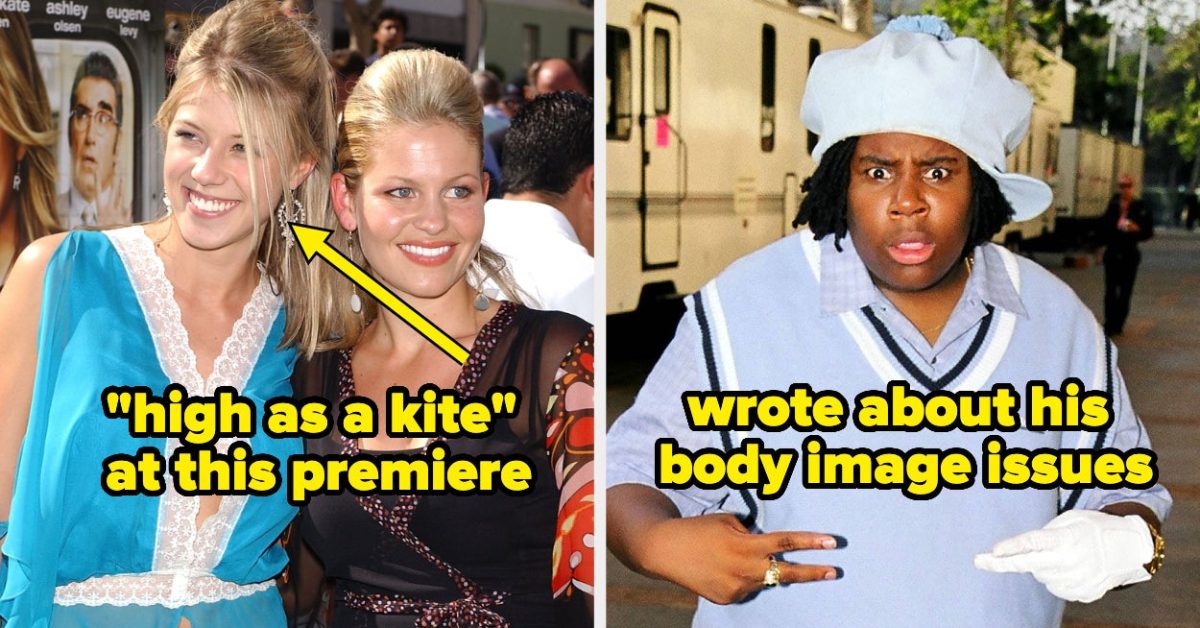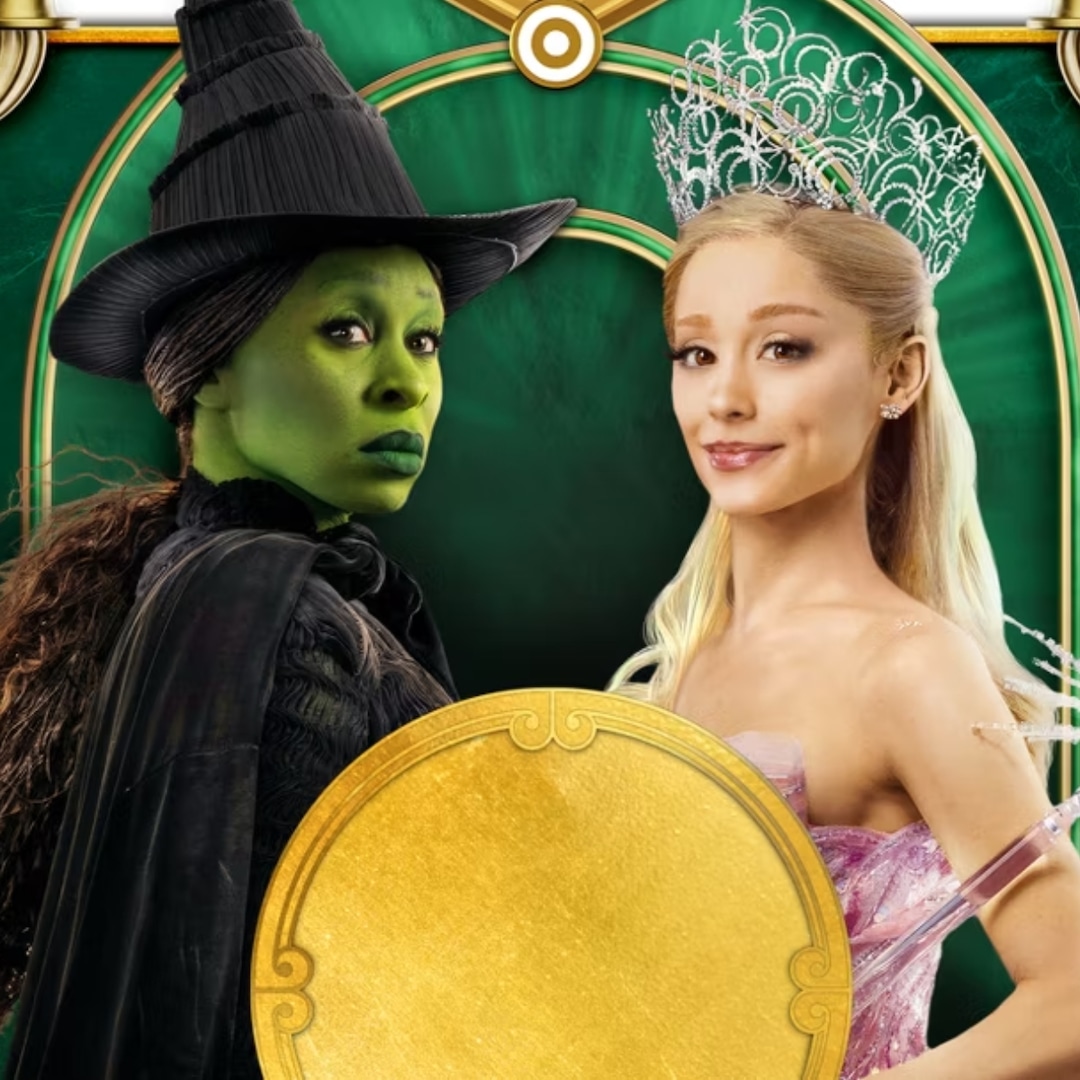
This Was the Best Year in Animation History
Sep 4, 2023
The Big Picture
The 1980s was a transformative decade for mainstream animation, with industry giants and newcomers pushing boundaries and experimenting with new techniques and genre tones. 1989 was the pinnacle of the decade. Don Bluth’s films, such as An American Tail and The Land Before Time, rivaled Disney’s output and marked a desire to compete openly with the studio. His film All Dogs Go to Heaven opened on the same day as Disney’s mega-hit The Little Mermaid. The debut episode of The Simpsons set the stage for the iconic series, establishing the tone and style of comedy that would make it a global phenomenon.
The 1980s were a hectically experimental decade for mainstream animation. Theatrical animation had become a wild frontier of struggling industry giants and ambitious newcomers both trying to do bold new techniques with daring new genre tones, Saturday morning cartoons reached a fever pitch of high concept toyetic spectacles and international animation became far more accessible through the advent of cable television and home video distribution. Just as the rest of the media landscape had exploded in variety and accessibility throughout the decade, animation had become a fertile hotbed for cartoon studios to throw anything and everything on the screen to see what would stick. As this age of excess was dwindling down, 1989 was a year of monumental firsts and groundbreaking debuts that would change the face of modern animation and set the stage for the monstrous animation boom of the 1990s.
Don Bluth’s Dogs vs. Disney’s Fish: The Original “Barbenheimer”
Theatrically, the 80s were dominated by the films of former Disney animator-turned-rogue director Don Bluth, who staged a walk-out from the mouse house with fellow disgruntled artists in a mass exodus on his birthday in 1979. He quickly found fruitful collaborations with Steven Spielberg and George Lucas for films like An American Tail and The Land Before Time, which became blockbuster hits that rivaled Disney’s less than stellar output of The Black Cauldron and The Great Mouse Detective. Bluth’s desire to compete with Disney openly came to a head in 1989 as Bluth’s spiritually surreal odyssey All Dogs Go to Heaven opened on the exact same day as Disney’s mega-comeback hit The Little Mermaid.
All Dogs Go to Heaven marked one of Bluth’s most grimly bizarre features as it starred Charlie B. Barkin, a canine con-artist voiced by Burt Reynolds, who bargained with fate to save his soul and the life of an orphaned little girl. Bluth’s exploration of four-legged morality and mortality was riddled with comedy and genuine existential dread, as Charlie’s search for redemption lead him to face his own faults and dangerous obstacles. The film was Bluth’s most ambitious screenplay and conceptually avant-garde film to date, but would ironically be overshadowed by the resurrection of the Disney animated tradition that Bluth rebelled against in the first place.
The mid-80s arrival of Jeffrey Katzenberg and Michael Eisner to Disney marked the dawning of a new age for the studio that had been recovering from a financial and creative funk after the death of Walt Disney two decades prior. The Little Mermaid marked one of the first bona fide animated blockbuster hits from the restructured studio, and would herald a renaissance of musicals that would bring the studio back to its gold standard of fairy tale artistry. The film’s immaculate painterly backgrounds and stellar character animation brought Disney’s animation back to a level of draftsmanship and appeal that hadn’t been seen since Sleeping Beauty. With the help of composer Alan Menken and lyricist Howard Ashman, the film injected Disney’s animated features with a sense of Broadway musicality and storytelling sensibility that would carry on into the next decade, setting the groundwork for what Disney films are most known for today.
Related: 20 Best Animated Movies From Your Childhood That You Forgot About
‘The Simpsons’ Make Merry in Their Debut Episode
Image via 20th Century Television
On the side of American television, another animation revolution was starting with a humble holiday special starring everyone’s favorite dysfunctional nuclear family. After spending two years on the relatively new Fox network as interstitial shorts on The Tracy Ullman Show, the Christmas special “Simpsons Roasting on an Open Fire” kick-started creator Matt Groening’s long-running series The Simpsons with its first ever full-length episode. The episode features the Simpson family as they are gearing up to celebrate the holidays, while Homer (Dan Castellaneta) tries to salvage the tightly budgeted celebration after being denied his annual Christmas bonus from the power plant.
The original Tracy Ullman shorts were quirky cartoon vignettes that had the humor and scope of a Sunday comic strip, fitting given Groening’s experience as a comic artist. As Groening’s creation was given a full series order with the help of James L. Brooks and Sam Simon, the tone and style of comedy established in the shorts needed to be reinvented to accommodate a full family sitcom format, which is on display in their premiere Christmas episode. While the episode scarcely carries the wit and absurdist humor that would shortly thereafter make it a global phenomenon, much like the rest of the first season, the debut episode is groundbreaking in how it set the stage for the kind of plots, themes, and characterization the world of Springfield could explore across hundreds upon hundreds of episodes, as well as redefine what prime time animation could be to adult audiences.
Japanese Animation Continues Its Conquest of the World
Image via Studio Ghibli
At the dawn of the decade that would find a boom of global exposure to the Japanese anime movement, Hayao Miyazaki debuted one of Studio Ghibli’s most beloved feature films and one of the most popular action series of all time made its broadcast premiere in Dragon Ball Z. Kiki’s Delivery Service introduced audiences to Kiki (Minami Takayama), a young sorceress in training who sets off on her mother’s broom with her snarky cat familiar while they venture out into the world to work independently as a flying delivery service in a charming coastal town. Ghibli’s fourth film as an organized studio and director Miyazaki’s fifth theatrical effort, Kiki’s Delivery Service is a quintessential anime twofold for its delightfully cozy atmosphere and allegorical exploration of aspiring artistic youth.
A sequel to the original Dragon Ball anime and an adaptation of the manga’s latter chapters, Dragon Ball Z continues the ongoing sagas of Goku (Masako Nozawa) and his struggles against his fellow Saiyans and a slew of colorful intergalactic villains. The series differed greatly from its predecessor, trading in the child-like wonder of adventurous exploration and comedy with off-the-wall action and often heart-shattering melodrama. The series’ artistic stylization and hyper-intense action sequences would go on to make it an international favorite, as well as one of the most influential anime series of all time.
Stateside, localized imports of Japanese anime is steadily growing a small following through video stores and fan conventions across the country, but the influence and production style of anime is already being felt even in American cartoons. Chip and Dale: Rescue Rangers graced the Disney Afternoon lineup for the first time with their first ever episode. Donning outerwear intentionally reminiscent of Indiana Jones and Magnum P.I., Disney’s iconic chipmunk duo join a cast of new rodent rangers as they take on any case to help those in need, no matter how big or small the job. While principally broadcast and produced in the United States, the series also represented a new collaboration in the world of international co-production as various episodes of the series were animated by studios based the world over, including Japan, Australia and France. The idea of American cartoons being produced overseas may be a common practice today, but heading into the 90s, Disney Afternoon’s line-up of shows like Rescue Rangers and DuckTales elevated the draftsmanship and production level of TV animation to heights not commonly seen in the era of He-Man and The Smurfs, thanks to foreign talent.
Delightful Shorts Made Monumental Leaps
Image via Aardman
In the realm of animated shorts, Pixar continues its steady climb to its first animated feature and two British national icons make their first appearance. Aardman Animation and director Nick Park’s A Grand Day Out introduced the world to the immortal stop-motion team of Wallace and Gromit. In their debut adventure, the bumbling inventor and his faithful canine roommate go on a cheese-fueled holiday that takes them from their cozy home on West Wallaby Street to the surface of the moon in a cheeky tribute to George Melies’ A Trip to the Moon. Wallace and Gromit would go on to become national icons in far grander Academy Award-winning adventures, but their lunar vacation helped garner Aardman’s international prestige and broadened the scope of their productions within the medium of clay.
Released at SIGGRAPH in an exclusive 3D presentation, Pixar’s short Knick Knack tells the tragic tale of a lonely snowman trying to escape the confines of his snow globe home to mingle with the tropical bobble heads on the other end of the shelf. While not the most technologically innovative of Pixar’s early works, the film’s greatest strength is its cartoony approach to CGI and its onslaught of visual gags and silent slapstick. Knick Knack also continued Pixar’s fascination with the idea of novelty items coming to life, which was previously explored in Tin Toy in 1988 and would reach its apex a few years later in their debut Disney feature, Toy Story.
1989 closed the door on the artistic uncertainty and cultural stagnation that characterized the animation landscape of the 1980s. In a single year, iconic characters were born, new techniques were explored, and a sense of discovery and revitalized audience interest was instilled into the global cartoon market. The animation boom of the 90s was gearing up in a major way with innovations and phenomenons, which were preluded to at the eleventh hour of the tumultuous 80s.
Publisher: Source link
15 Most Impressive SFX Makeup Transformations Onscreen
Now that we've talked about the best onscreen SFX makeup transformations, can you think of any you've seen that were laughably bad? What made them so unconvincing? Share your thoughts in the comments! Note: Some responses have been edited for…
Nov 12, 2024
Olivia Culpo, Mother-in-Law Cheer on Christian McCaffrey’s NFL Return
"We just started a book club but we're the only people in it, which is really funny," she recently told E! News. "I'm picking out girly girl thrillers and I'm making him want to read them." She noted they also try…
Nov 12, 2024
11 Heartbreaking And Shocking Revelations Former Child Stars Shared In Their Memoirs
Drew Barrymore shared that she was only 10 years old when she first tried smoking weed.View Entire Post › Disclaimer: This story is auto-aggregated by a computer program and has not been created or edited by filmibee.Publisher: Source link
Nov 11, 2024
Find Wicked Stanley Cups at Target Plus More Movie Merch
How long will Target's Wicked collection be available? Target's Wicked movie collection features limited-edition merchandise, which means availability may vary. While it's uncertain if these items will be restocked, they are expected to remain on shelves until the collections sell out.…
Nov 11, 2024











